Bonaire is a small island located in the Leeward Antilles of the Caribbean Sea. It is the second island of the “ABC” islands, located East of Aruba and Curaçao, and Off the coast of Venezuela, Bonaire is well-known for its spectacular diving and snorkeling sites. The island also offers a variety of tourist activities, including mangrove kayaking, horseback rides, and landsailing adventures. While the northern end of the island is mountainous, the southern part of the island is nearly flat and features a variety of colorful salt mines. If you are interested in reading more about my trip to the ABC islands, check out my article on 7 Days in Curaçao: Visiting the Charming City of Willemstad
#1 – Dive or snorkel on bonaire’s western coast
During my time on the island, I went on thirteen separate dives on the Western side of the island. As of 2019, Bonaire has been recognized as #1 Shore Diving Destination in the Caribbean/Atlantic in Scuba Diving Magazine’s Annual Readers’ Choice Awards. Bonaire National Marine Park offers a glimpse into the incredible biodiversity of the Caribbean Sea, containing over 400 species of fish. Unlike the Eastern, windblown side of the island, which is popular among windsurfers, the West side is sheltered from currents. If you decide to go diving, I’d recommend checking out the dive sites by Blauwe Pan Salt Pier, Bachelor’s Beach, Barkadera, and Boka di Tolo.
#2) Bonaire Donkey Sanctuary
The Bonaire Donkey Sanctuary is a safe haven for hundreds of donkeys. Founded by Marina Melis and her husband Ed Koopman in 1993, this sanctuary offers a home to over 400 sick, wounded and orphaned donkeys on the island. These donkeys are provided with food, water, and medical care by volunteers and local veterinarians. The cost of admission ($10) goes directly to the upkeep of the donkeys! If you’d like, you can also sponsor one of the donkeys or stop in their tiny gift shop to stock up on souvenirs. Without this sanctuary, hundreds of donkeys would still be suffering on the streets of Bonaire, lacking access to adequate nutrition and medical care. The experience itself was awesome and one I’ll never forget! Driving through the sanctuary is a ton of fun – we loaded the back of our truck with Netherlands-imported hay and fed the donkeys by hand as we passed through the sanctuary. Fair warning: the donkeys will swarm your vehicle for food! However, they are extremely friendly and visibly excited to see visitors! I spent about an hour at the sanctuary before heading to my next destination.
#3 – Stop for a beer at jibe city
Jibe City is a great place to windsurf, relax, and eat. Lac Bay is stunning with crystal clear turquoise waters and a great view of local windsurfers. The bars by the water also offer great menu options and drink selections. When I visited, I ordered a beer and sat on the white sand by the shallow water. Lac Bay isn’t the place to snorkel or swim, but it’s a great hangout place with cool bartenders, great music, and free parking. If you’ve seen photos of California in the 60’s, you can picture the atmosphere of colorful Jibe City.
#4 – Horseback riding @ Rancho washikemba ranch
Horseback riding at Rancho Washikemba Ranch was a highlight of my trip to Bonaire. While on the east side of the island, we spent two hours horseback ride along the east coastline to the gorgeous Lagoon bay. I had the opportunity to swim with and ride bareback on the horses in the bay, as well as canter through the cactus fields. You definitely won’t regret booking a ride with Rancho Washikemba as the ranch caters to all levels of experience.
#5 – drive to Washington Slagbaai National Park
Established in 1969, Washington Slagbaai National Park is a 5,643 hectare nature sanctuary located on the northwest side of the island. The park contains many endangered species, including parrots, flamingos, and iguanas. In order to access the park, you have to rent a car and be prepared for a variety of rough, uphill roads. If you don’t have a spare tire, you may get stranded! Throughout the park, there are a variety of hiking trails, dive and snorkel sites, lighthouses, ruins, and historical buildings to stop and visit. For example, you may want to stop to see the Malmok, a historical and geological site that dates back to the Amerindian camps in 800 AD, or Wayaka, one of the best snorkel sites in Washington Park.
Bonaire is a top destination for diving, snorkeling, windsurfing, and ecotourism. Due to the island’s prime Caribbean location, the average high temperature is 87 degrees Fahrenheit. I’d recommend visiting from May to October to avoid the crowded tourist season and strike a bargain on flights and hotels. If you have been or want to go to Bonaire, let me know what you think of the island in the comments below!
XO, Kim
SUBSCRIBE TO MY YOUTUBE: @KimChwalek
FOLLOW ME ON IG: @KimChwalek
SHOP MY FASHION FAVORITES: kimcollective.com/fashion
CHECK OUT MY SPOTIFY PLAYLISTS: kimcollective.com/playlists
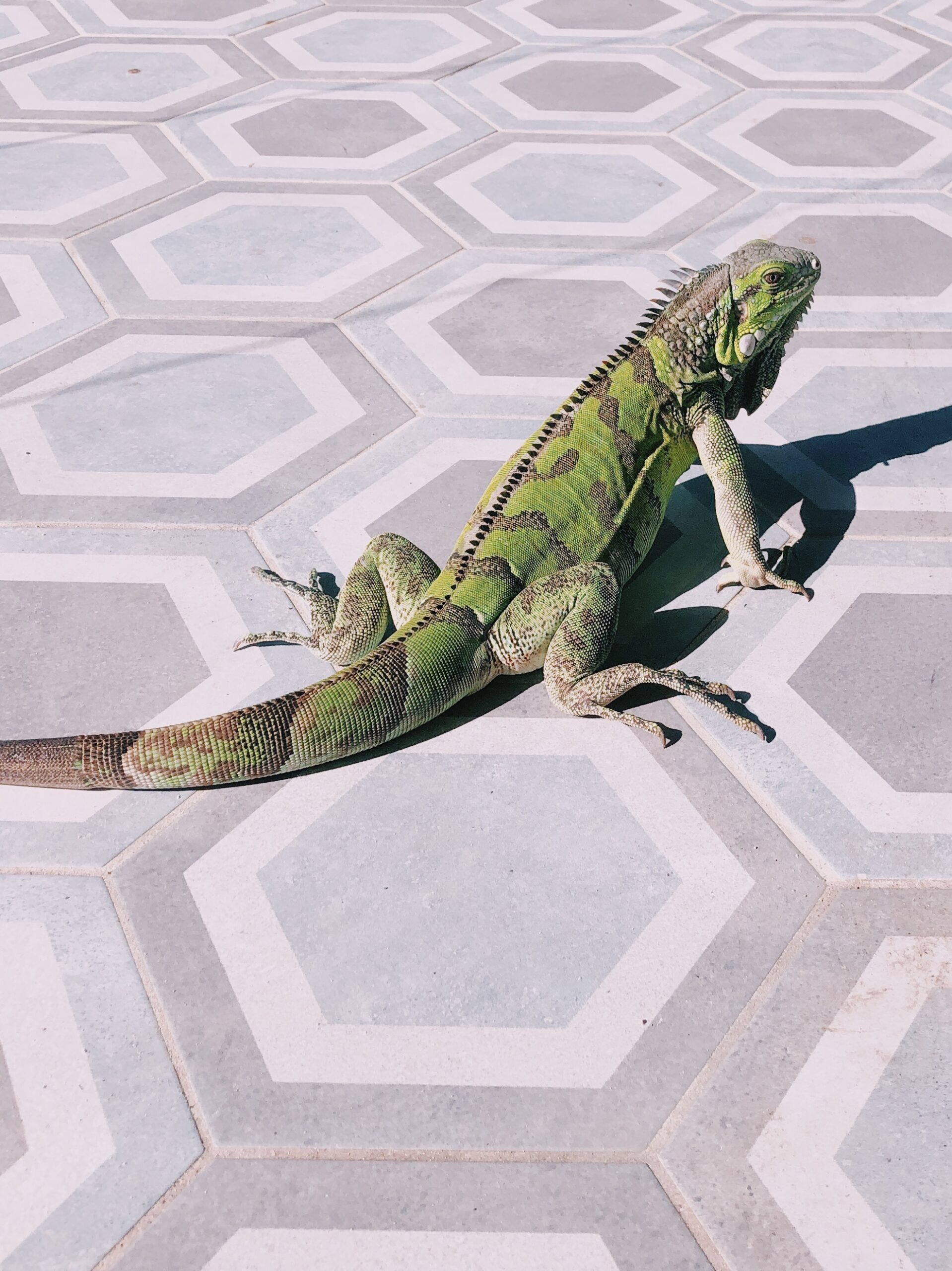

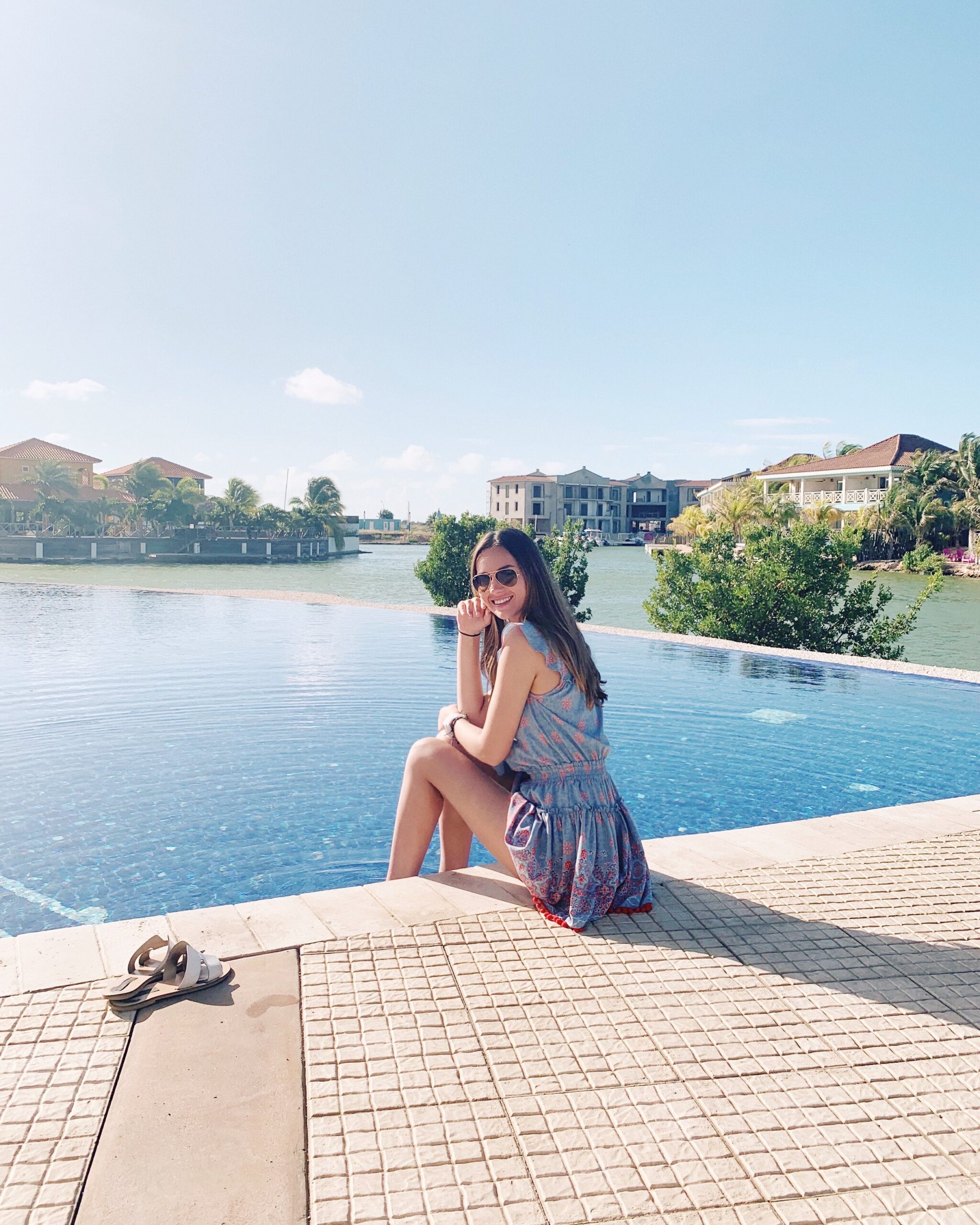

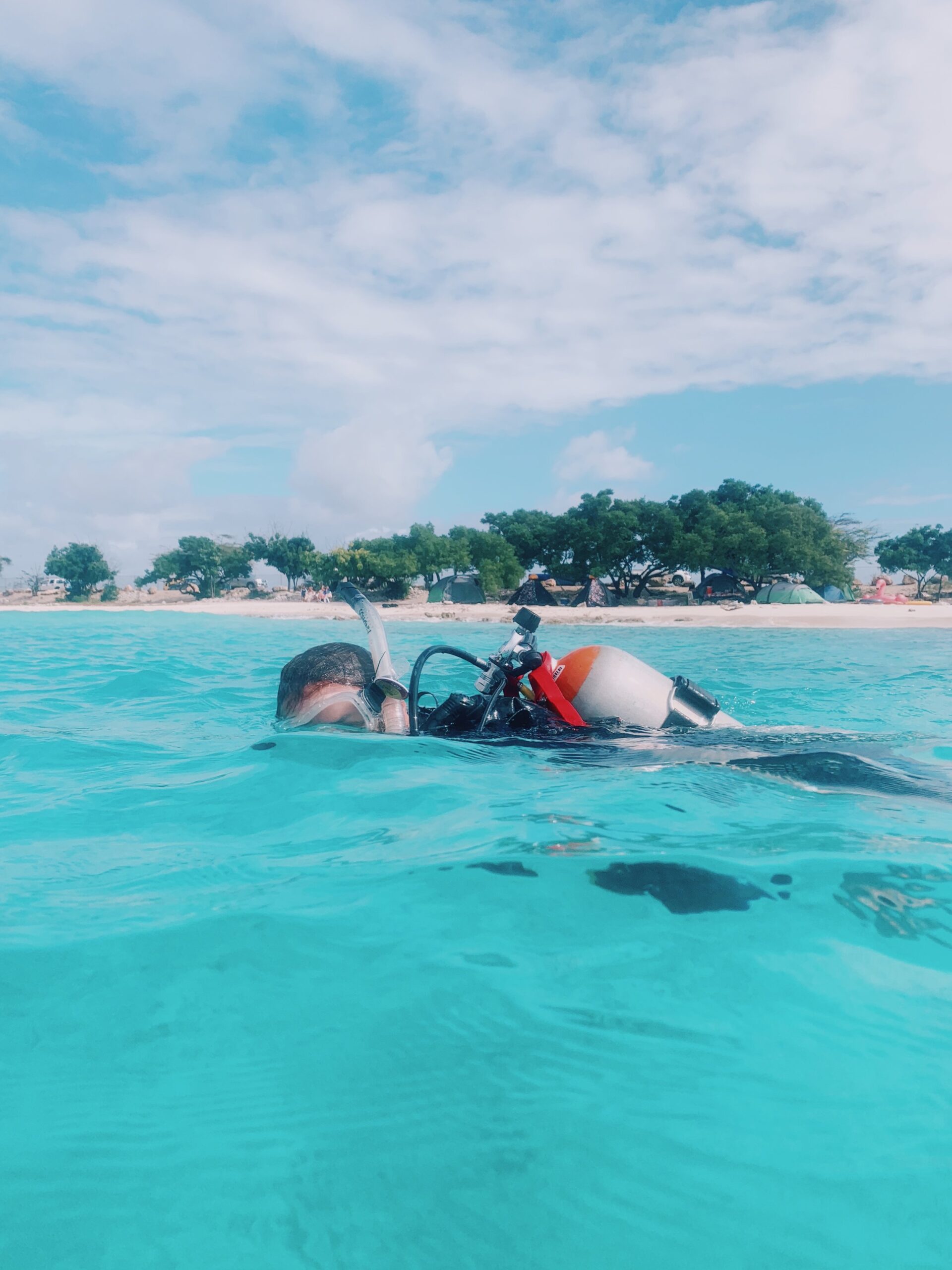



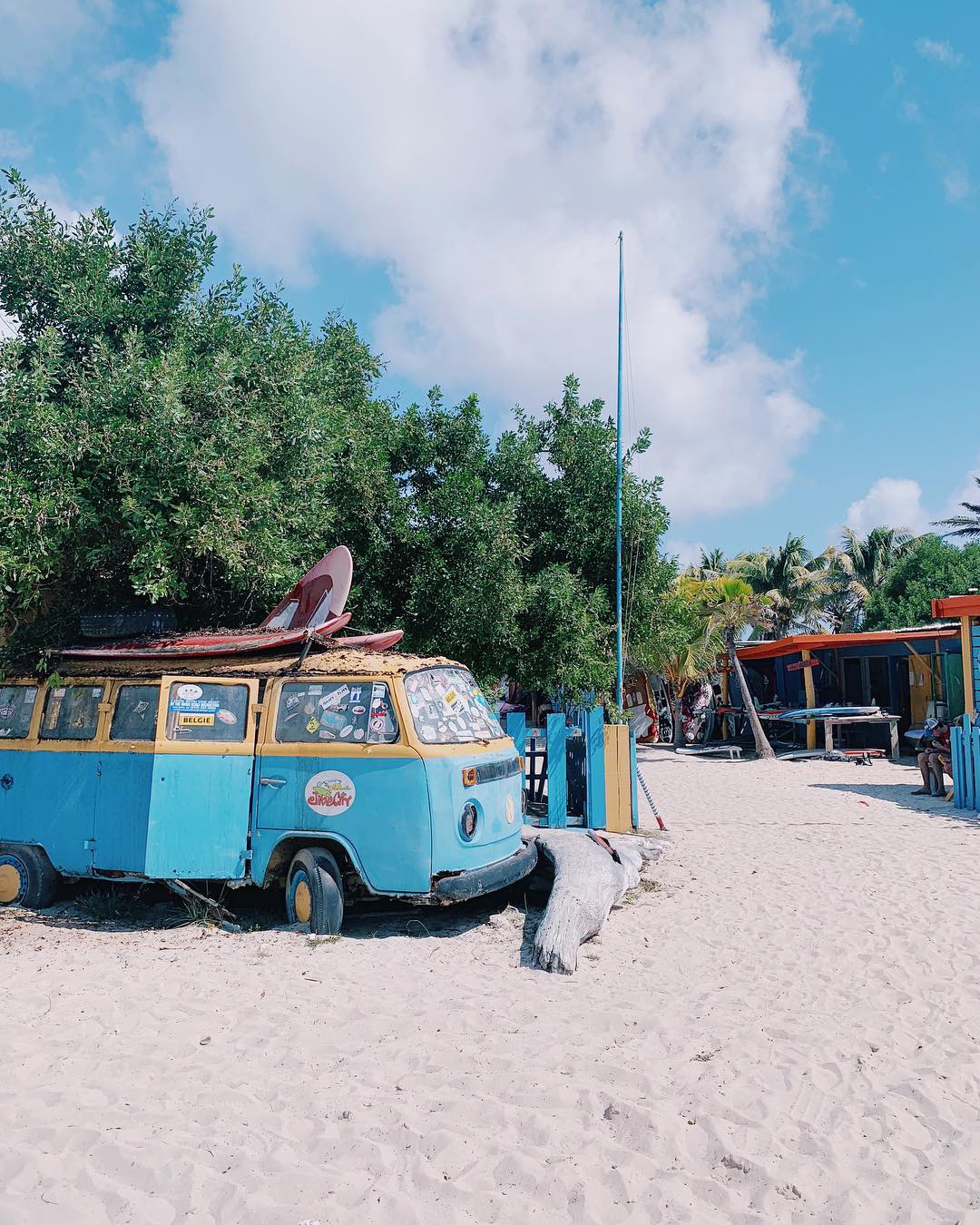
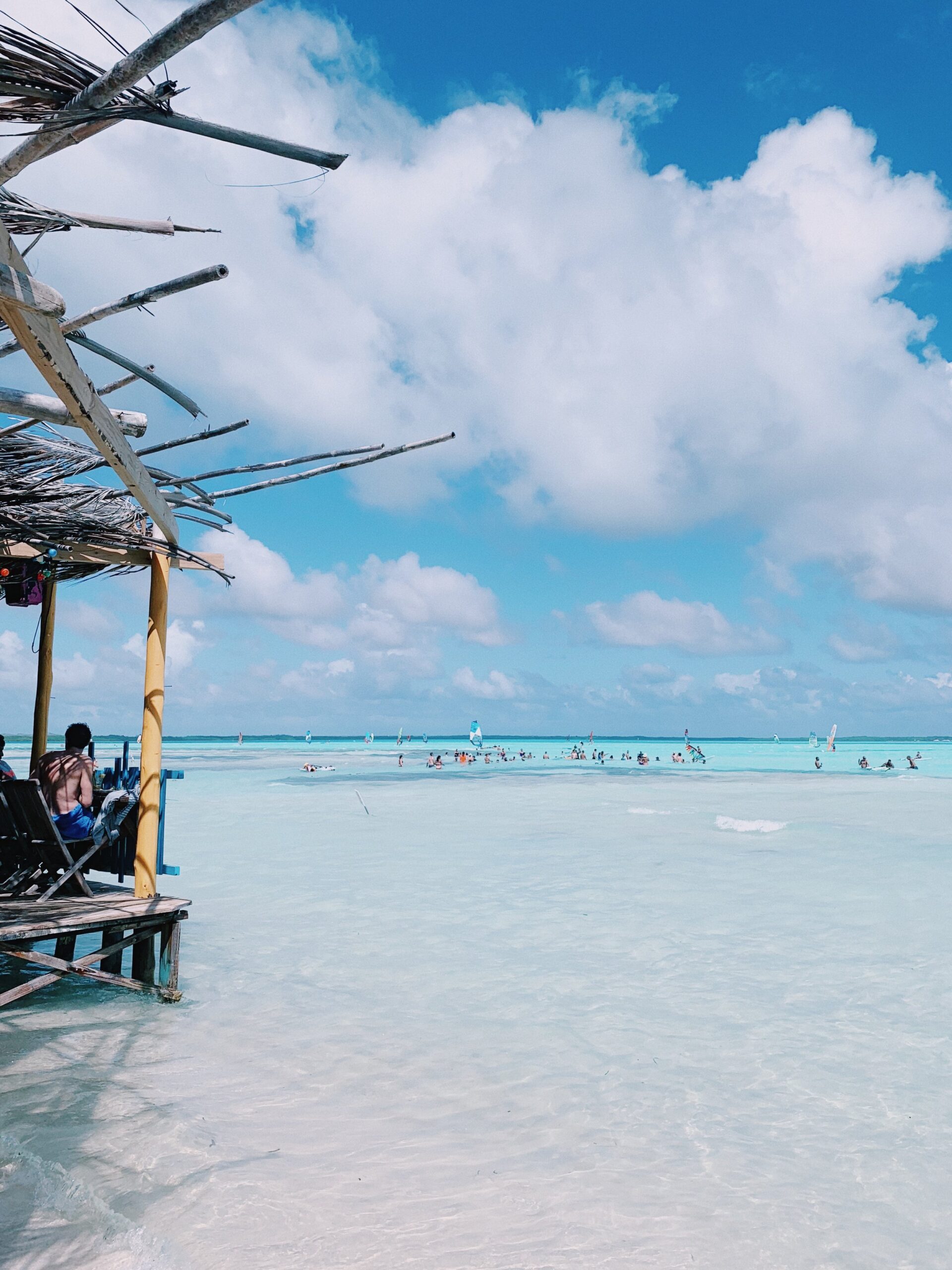

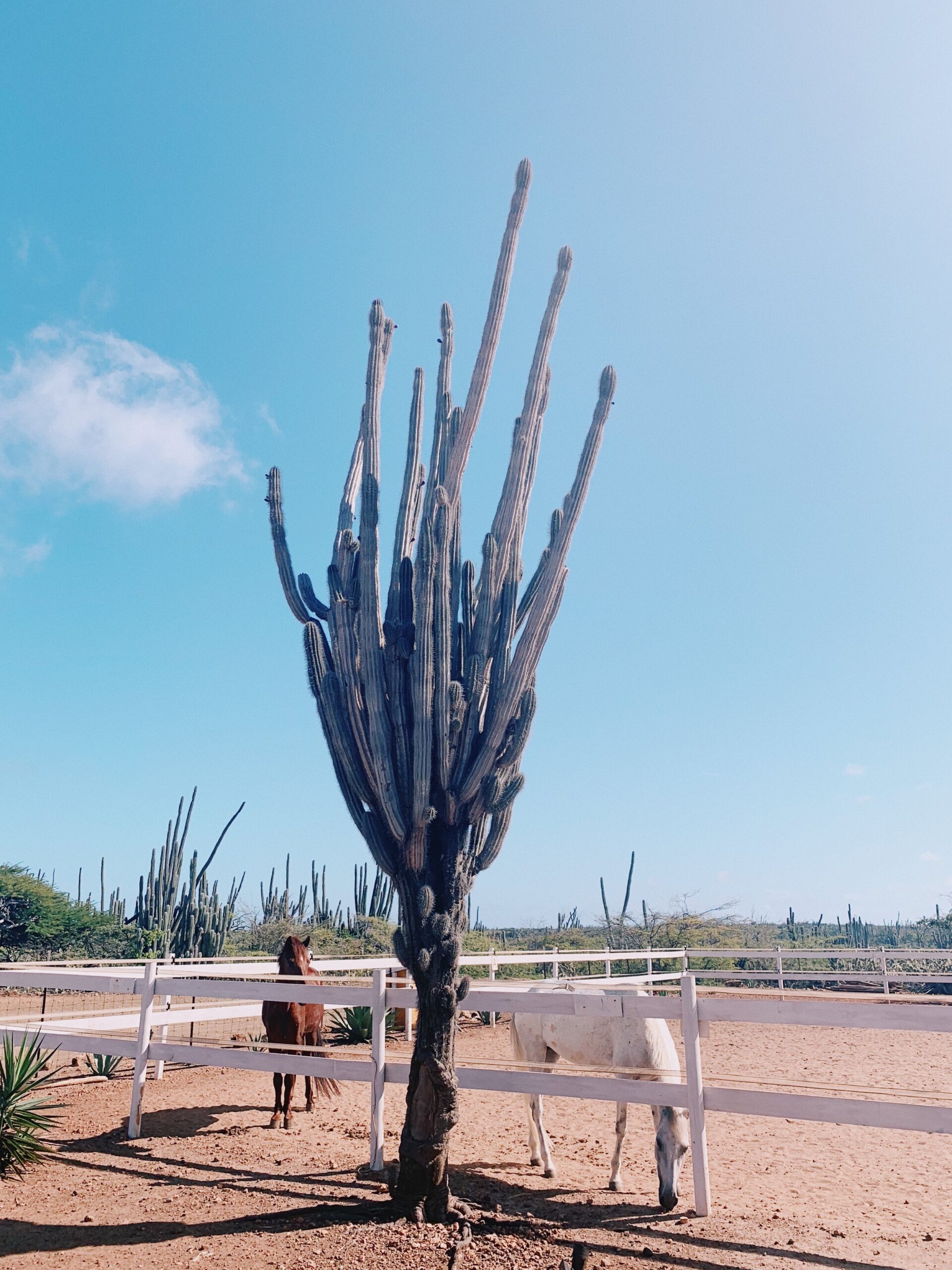
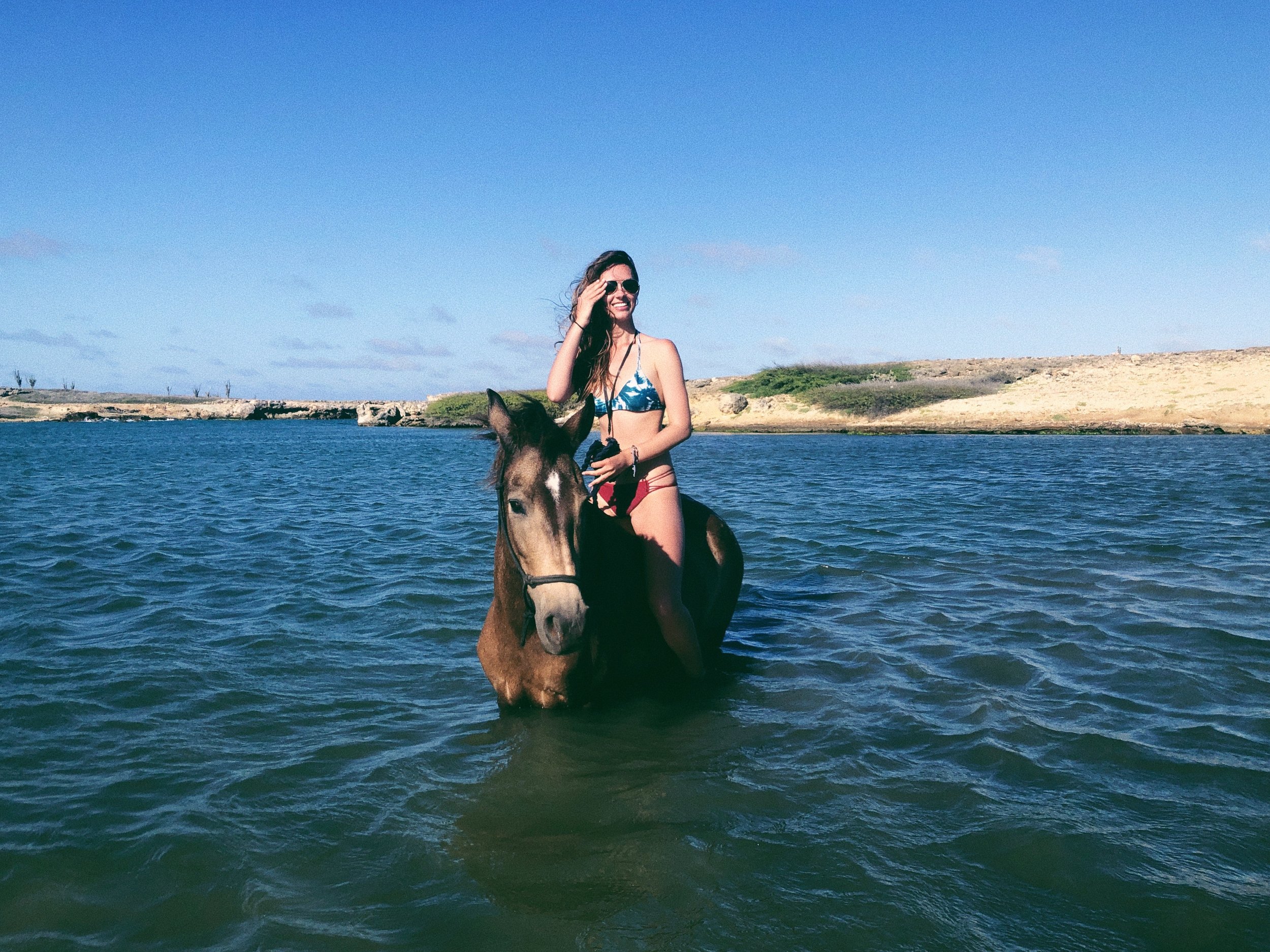
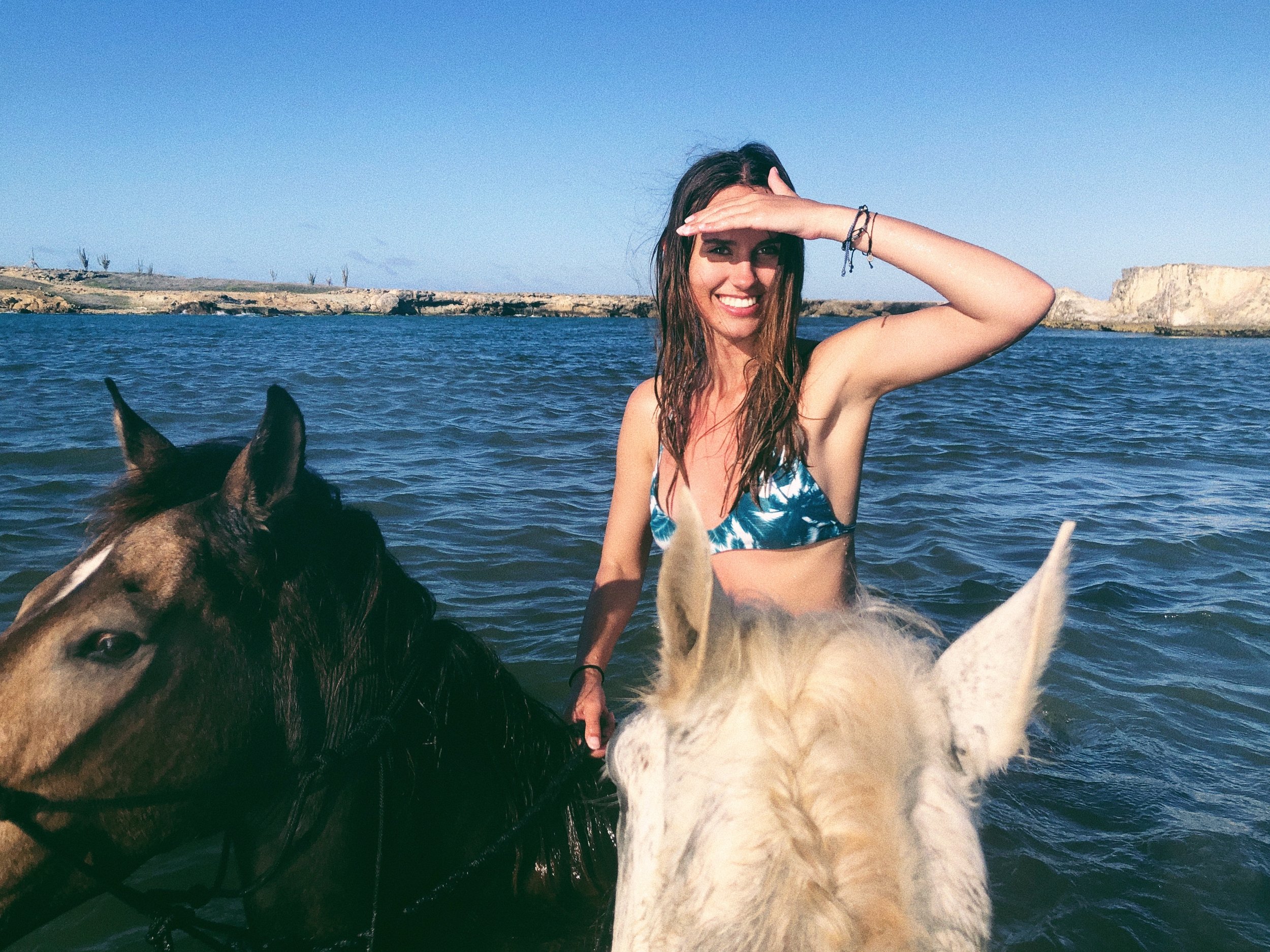
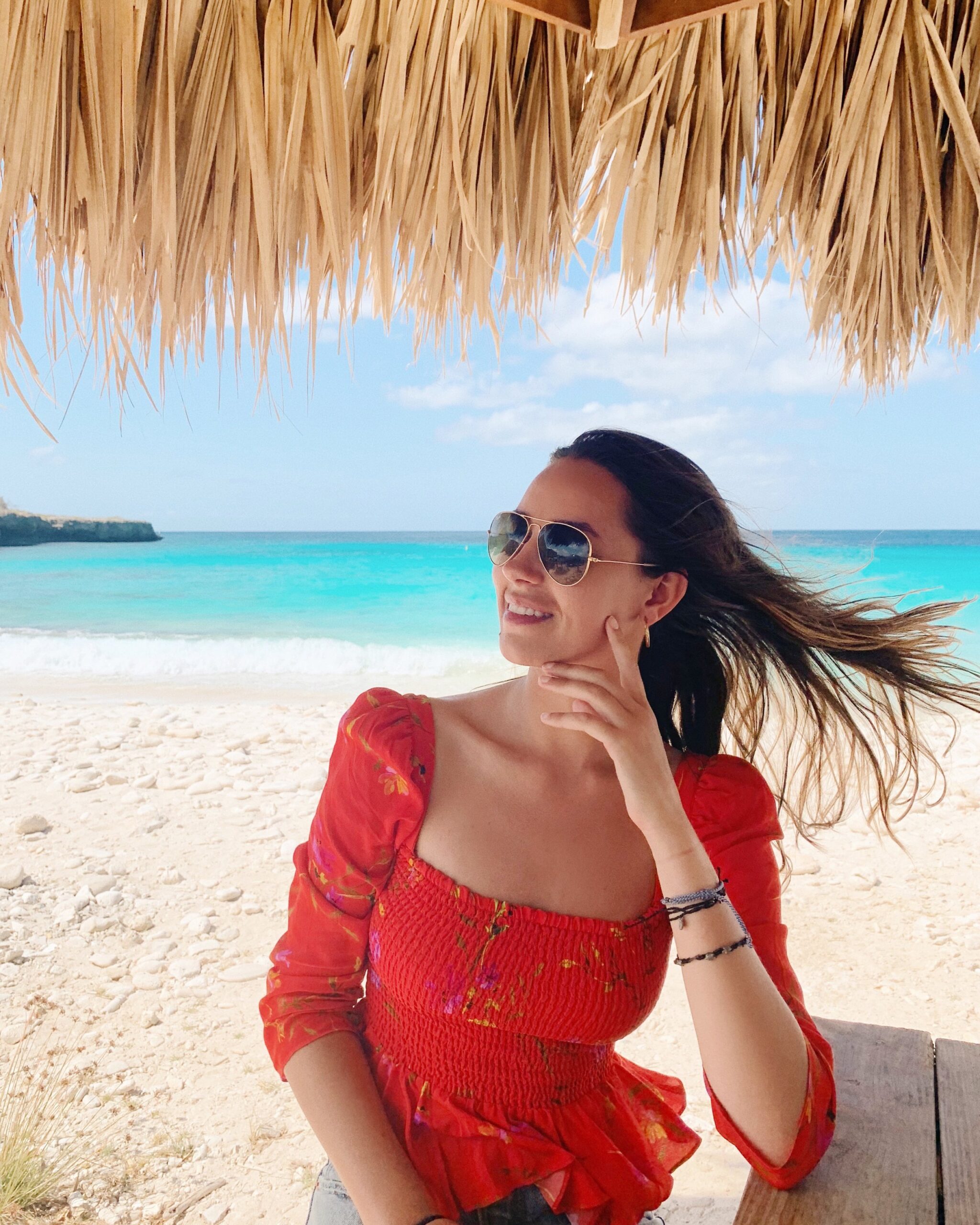
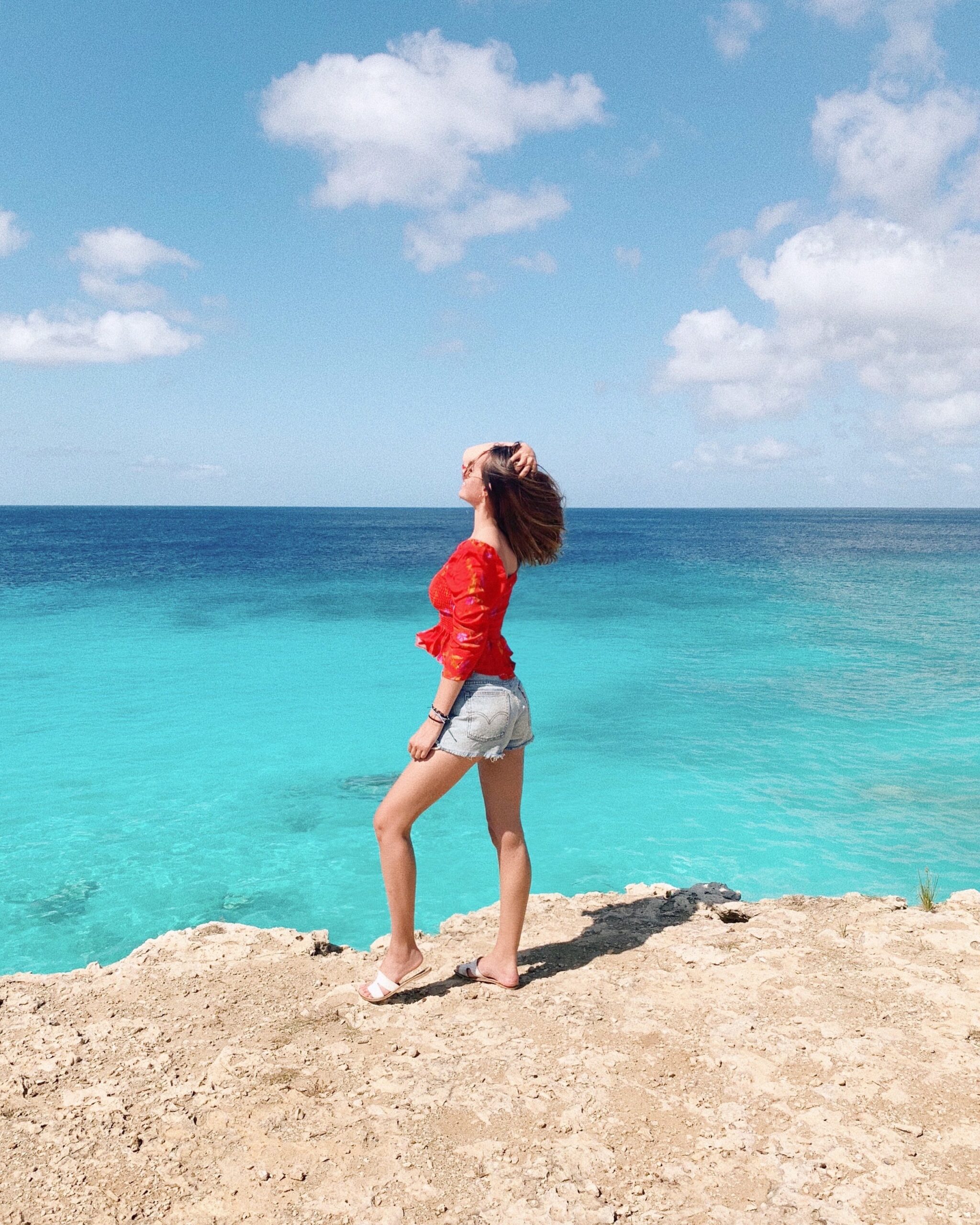
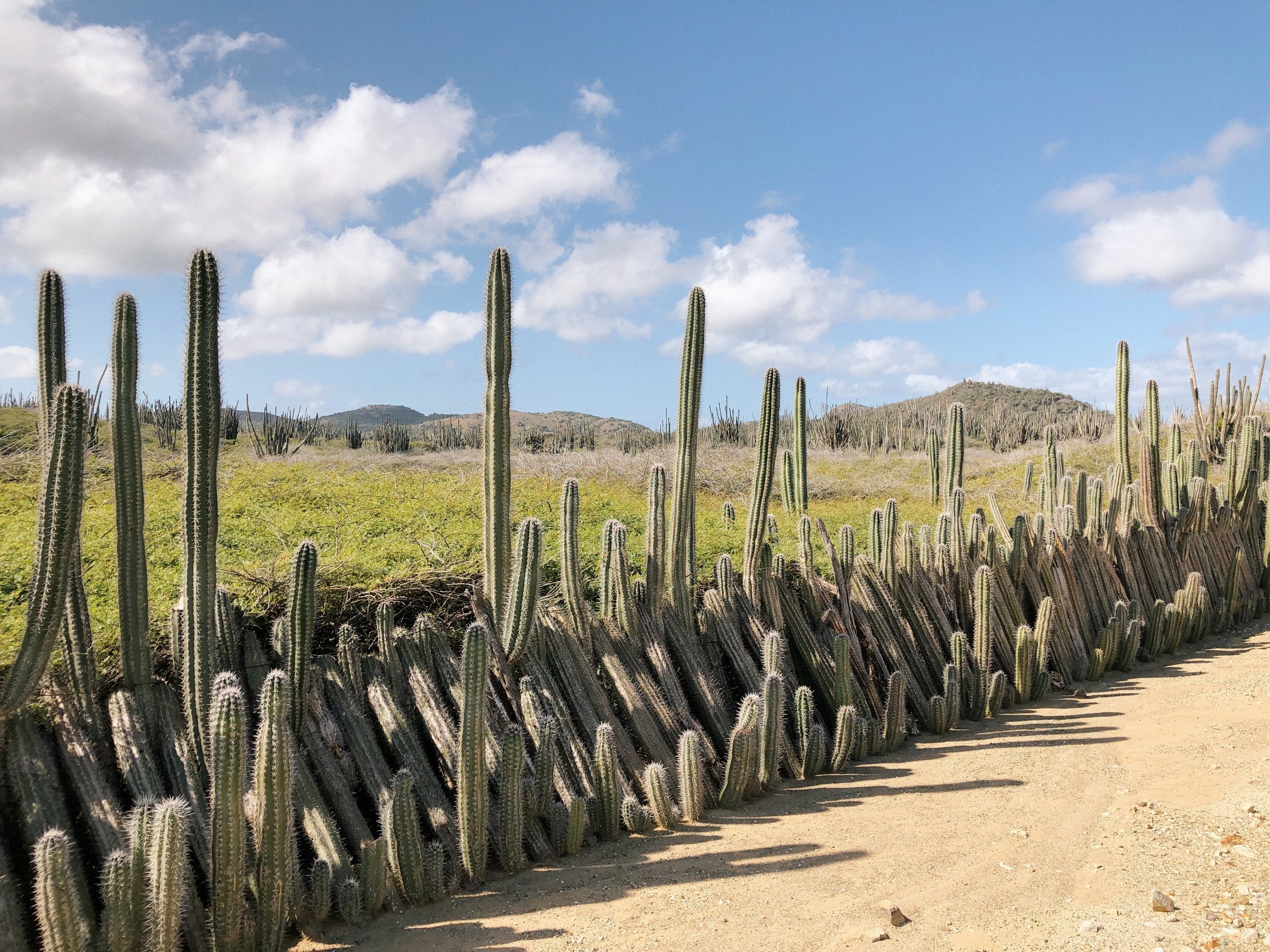



Here is a jam-packed summer guide that guarantees a good time!